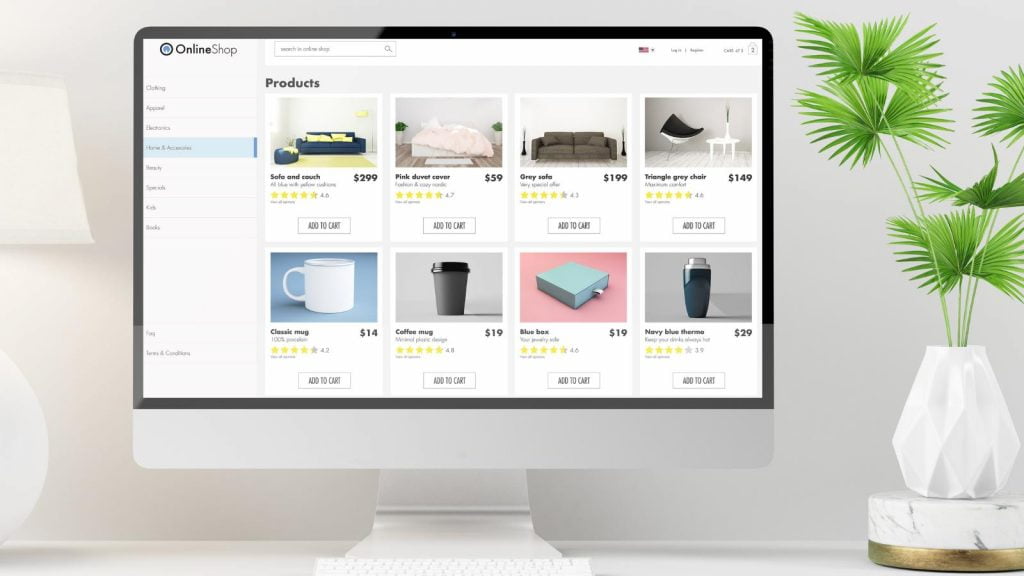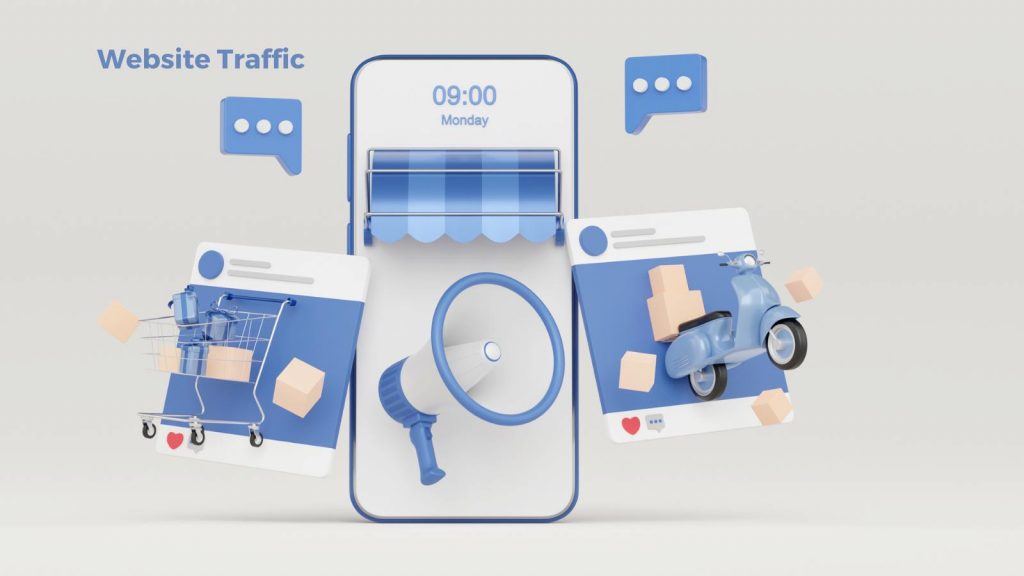SEO optimization is essential if you’re an online business or run a brick-and-mortar store. The higher your rank in search engines, the more traffic you’ll get to your website and the more sales you’ll make. So here are some SEO optimization tips for your Ecommerce biz.
Table of Contents
Product and Category Pages for SEO Enhancement
Whether you’re building a new website or trying to optimize an existing one, it’s imperative to understand the on-page factors affecting your ranking. Understanding what your website visitors are seeking will help you make the content more engaging.
In addition, companies like Vazoola offer expert SEO services that can assist you with SEO optimization.
Good quality copy is a great way to show search engines what pages are on your site. It can also help your buyer’s personas understand the page.
Adding images can also help your site visitors stay on the page longer.
Adding a secondary text box below products can help visitors learn more about the product. The text box should also be descriptive. It should be helpful for users, not just informative.
E-commerce category pages should have a good-quality copy. They should also include targeted keywords and metadata.

Internal Linking
Adding internal links to your website will help improve your search engine rankings. Search engines like Google want to see relevant links to users, which is also a good way to strengthen your content marketing program.
This is one of the least used SEO optimization tips that small businesses use today.
A great way to use internal links is to link to the most informative articles on your website. This can help improve the user experience of your visitors and encourage them to go further.
Another benefit is that it can also help with your conversion rates.
Internal links are also a great way to spread link juice from low-traffic to higher-traffic pages. This is important for SEO optimization because it helps your page rank higher in the organic search results.
Adding internal links to your website is a simple process that will improve your search engine rankings. You can also benefit from internal linking by circling back to older content.
Video Content for SEO Optimization
Adding video content to your website can increase traffic, enhance engagement, and boost SEO rankings. But how can you go about optimizing your video content?
The first step is to find out what your target audience wants to see. Then, create video content that reflects the personality of your brand.
You can use videos to promote your products, educate viewers about your company, and more.
Video metadata helps search engines understand what your video is about. This information includes your video title, description, and keywords. Your video’s metadata can help search engines determine how to rank it.
You can also include a link to your video on your website or the product page. The link should be descriptive. It should also include a keyword to make your video more relevant.
User-Friendly URLs
Using the right SEO-friendly URLs will make your site much more visible on the web. A well-optimized URL can help your site rank higher in Google search results and improve your user experience. It will also make it easier for you to share your content with others.
Google’s algorithm uses several factors to determine how well your website performs. In addition to keywords, these factors include images, HTML code, and data files. Therefore, you can make your URLs more SEO-friendly by ensuring they are properly structured and include the keywords you want to rank for.
The best SEO-friendly URLs include relevant keywords and are short and easy to read. If your URL is too long, you may lose visitors.
Lisa, Small Biz Tipster
Creating SEO-friendly URLs is not difficult. There are many tools available online that can generate URLs for you.
These tools include CMS plugins and SEO-friendly URL generators.
Long-Tail Keywords
Using long-tail keywords to increase your SEO in e-commerce can improve conversion rates and help website owners find the right audience for their sites. In addition, they can help identify the categories, product pages, and product variations that are most relevant to a specific audience.
The best long-tail keywords for SEO optimization in a particular vertical market will depend on the target audience’s search intent. For example, someone searching for a wifi thermostat might be making a buying decision.
However, if the visitor is looking for a wireless charger, they might be researching options.
Using long-tail keywords for SEO optimization can be a powerful strategy and can help you rank for fewer keywords. These keywords are generally less competitive, allowing you to target a more specific audience.
But they also have a lower search volume, which means you will get less traffic from them than you would with a more popular keyword.
Your Turn – Search Engine Optimization SEO
What are you doing to optimize SEO for your e-commerce website? Which of our SEO optimization tips did you like the best? I’d love to know more in the comment section.






I’m keeping an eye out for all the new SEO-related information you post about. I’ve bookmarked your page so that I can easily refer back to it.
Hi George, Thanks. Welcome to small Biz Tipster. I also have a lot more on SEO on my marketing blog https://inspiretothrive.com I’m focusing more on SEO this year. I appreciate your coming by.